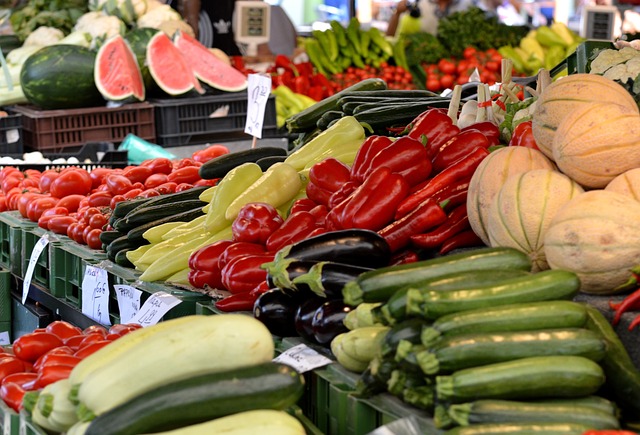Yard waste, including leaves, grass clippings, and trimmings, requires thoughtful management due to its environmental impact and diverse applications. Leaves are suitable for composting, while grass clippings enrich soil and tree prunings can be used as mulch or support local biodiversity. Efficient yard waste removal and recycling strategies minimize landfill waste, foster a circular economy, and benefit both individuals and the environment by reducing carbon footprints, enhancing garden health, and conserving natural resources.
Looking for an easy way to manage your yard waste? This comprehensive guide breaks down everything you need to know about responsible yard waste removal and recycling. From identifying common types of yard debris and their environmental impact, to simple step-by-step processes for efficient disposal, we provide practical tips to help reduce waste and promote eco-friendly practices in your backyard. Discover the benefits of sustainable yard management and start making a positive difference today!
- Understanding Yard Waste: Types and Their Impact
- Simple Steps for Efficient Yard Waste Disposal and Recycling
- Benefits of Eco-Friendly Yard Waste Management Practices
Understanding Yard Waste: Types and Their Impact

Yard waste, a term that encompasses a variety of organic materials from our outdoor spaces, includes leaves, grass clippings, plant trimmings, and sometimes even small branches. It’s essential to understand the types and their environmental impact when considering efficient yard waste removal and recycling practices. Different materials require distinct disposal methods to maximize sustainability. For instance, while leaves can be composted, they should be managed separately from other waste due to potential pest issues if mixed with food scraps.
Each type of yard waste has its own ecological significance. Grass clippings, for example, can enrich soil when composted, providing essential nutrients and promoting healthier lawn growth. Trees and shrubs prunings can contribute to local biodiversity by creating habitats for wildlife or be transformed into valuable mulch for landscaping. Implementing proper yard waste removal strategies not only minimizes the environmental footprint but also promotes a circular economy by recycling these resources back into various applications, from gardening to agriculture.
Simple Steps for Efficient Yard Waste Disposal and Recycling

Keeping your yard tidy and responsibly managing waste doesn’t have to be a chore. By implementing simple steps for efficient yard waste removal and recycling, you can contribute to a greener environment and save time in the process. Start by sorting your yard waste; organic materials like leaves, grass clippings, and plant trimmings can be composted, reducing the volume of waste sent to landfills.
Create a composting pile or use designated containers for this purpose. Regularly turn the compost to aerate it, ensuring a rich, nutrient-dense soil amendment for your garden. For non-biodegradable materials like plastic plant pots and twine, seek out local recycling programs designed for these specific items. Many communities have dedicated collection events or facilities where you can drop off such recyclables, keeping them out of the general waste stream.
Benefits of Eco-Friendly Yard Waste Management Practices

Adopting eco-friendly yard waste management practices offers a multitude of benefits, both for individuals and the environment. By implementing methods such as composting and recycling, homeowners can significantly reduce their carbon footprint. Composting, for instance, transforms organic yard waste into nutrient-rich soil amendments, which can enhance garden health and reduce the need for synthetic fertilizers. This not only cuts down on pollution but also promotes sustainable gardening practices.
Additionally, efficient yard waste removal and recycling contribute to a circular economy by diverting materials from landfills. Organic matter, when properly managed, can be used as mulch or biosolids, reducing the demand for new resources. These practices foster a healthier ecosystem, conserve natural resources, and encourage responsible stewardship of our planet.
Implementing simple, eco-friendly yard waste removal and recycling practices not only minimizes environmental impact but also contributes to a healthier, more sustainable community. By understanding different types of yard waste and adopting efficient disposal methods, individuals can significantly reduce their carbon footprint. These practices promote resource conservation, lessen pollution, and foster a harmonious relationship between residents and the natural environment. It’s a small step towards a greener future, starting right in your backyard.













